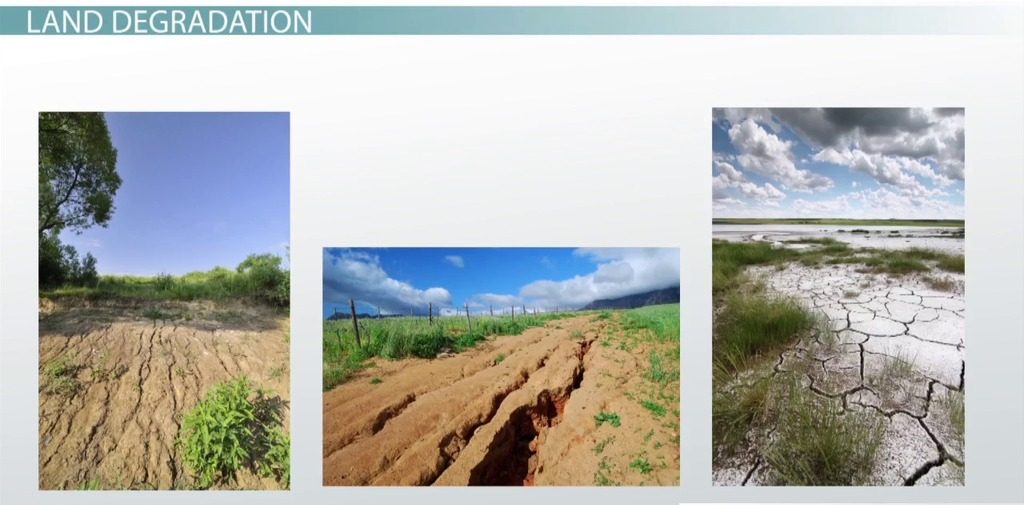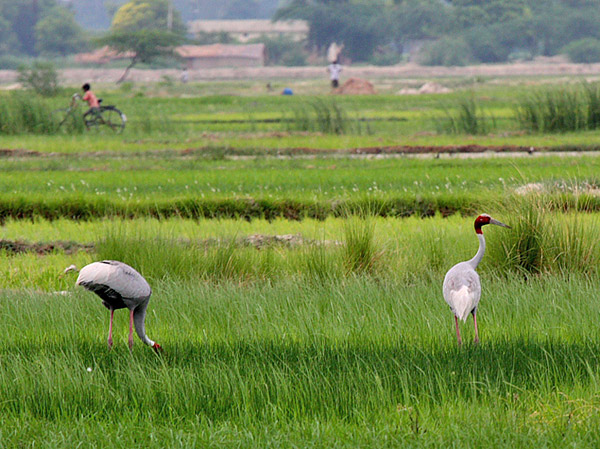Soil, often taken for granted, is a fundamental resource that sustains life on Earth. It serves as the foundation for agriculture, providing the nutrients necessary for plants to grow, which in turn feed both humans and animals. However, the soil we rely on is under constant threat from a phenomenon known as soil erosion. In this blog post, we will explore the causes and effects of soil erosion and discuss various prevention measures that can help mitigate its devastating impact on our planet.
What is Soil Erosion?
Soil erosion is a natural process that has been occurring for millions of years. It involves the removal of the topsoil layer by various agents such as wind, water, and human activities. While natural erosion plays a crucial role in shaping our landscapes, it becomes a problem when it outpaces the rate of soil formation, leading to a net loss of fertile topsoil.
Causes of Soil Erosion
Water Erosion: Water erosion is primarily caused by rainfall and surface runoff. When raindrops hit the soil, they dislodge particles, which are then transported by flowing water. This type of erosion can take the form of sheet erosion (thin layers of soil removed uniformly), rill erosion (small channels formed on the surface), or gully erosion (larger, deeper channels).
Wind Erosion: Wind erosion occurs in arid and semi-arid regions where strong winds blow loose, dry soil particles into the air. These particles can travel long distances before settling, causing damage to both soil quality and air quality.
Tillage and Agriculture: Modern farming practices, such as intensive tillage and monoculture cropping, can exacerbate soil erosion. Removing natural vegetation cover, leaving soil exposed, and compacting the soil through heavy machinery all contribute to increased erosion rates.
Deforestation: The removal of trees and vegetation disrupts the natural protection that plant roots provide against erosion. Without this protection, soil becomes vulnerable to erosion by both wind and water.
Construction and Urbanization: Urban development and construction activities often involve clearing large areas of land, disrupting the soil structure. The resulting increase in impervious surfaces, such as roads and buildings, can lead to more rapid runoff and erosion.
Effects of Soil Erosion
Soil erosion has far-reaching consequences, affecting not only agricultural productivity but also the environment and human society:
Reduced Crop Yields: Eroded soil loses its nutrient-rich top layer, which is essential for plant growth. This reduction in soil fertility leads to lower crop yields and can impact food security.
Sedimentation of Water Bodies: Eroded soil particles often end up in rivers, lakes, and oceans, causing sedimentation. This can degrade water quality, harm aquatic ecosystems, and even lead to increased flooding.
Loss of Biodiversity: Soil erosion can result in the loss of natural habitats and contribute to the decline of plant and animal species that depend on stable ecosystems.
Economic Impact: Soil erosion has significant economic implications, affecting industries such as agriculture, construction, and tourism. Increased maintenance costs and reduced land productivity can strain local economies.
Climate Change: Eroded soil releases carbon into the atmosphere, contributing to greenhouse gas emissions and exacerbating climate change.
Prevention and Mitigation Measures
Preventing soil erosion is crucial for maintaining soil health and ecological balance. Here are some effective measures to combat soil erosion:
Conservation Tillage: Adopting conservation tillage practices, such as no-till or reduced tillage, helps preserve soil structure and reduce erosion. These methods leave crop residues on the field, acting as a natural barrier against erosion.
Cover Crops: Planting cover crops, like legumes or grasses, between cash crops can protect the soil from erosion. Their root systems bind the soil together, reducing runoff and nutrient loss.
Terracing: In hilly or sloped areas, terracing can help slow down water runoff and prevent soil from being carried downhill. Terraces create flat platforms on which crops can be grown, reducing erosion.
Riparian Buffers: Establishing riparian buffers along water bodies involves planting native vegetation along the banks of streams and rivers. These buffers filter runoff, trap sediment, and reduce the impact of water erosion.
Afforestation and Reforestation: Planting trees and restoring forests in deforested or degraded areas helps protect the soil, as tree roots stabilize the ground and prevent erosion.
Soil Conservation Practices: Implementing soil conservation practices, like contour farming and strip cropping, can effectively reduce erosion by controlling the flow of water across the landscape.
Sustainable Land Management: Promoting sustainable land management practices, including crop rotation, diversification, and organic farming, can improve soil health and resilience to erosion.
Educational Initiatives: Raising awareness about the importance of soil conservation and erosion prevention among farmers, landowners, and the general public is essential for long-term success.
Conclusion
Soil erosion is a critical environmental issue that demands our attention and concerted efforts to combat its detrimental effects. By understanding its causes, effects, and the preventive measures available, we can work towards preserving our soil resources, protecting ecosystems, and ensuring a sustainable future for generations to come. The responsibility to protect our soil lies with each one of us, and through collective action, we can make a significant difference in addressing this pressing challenge.





